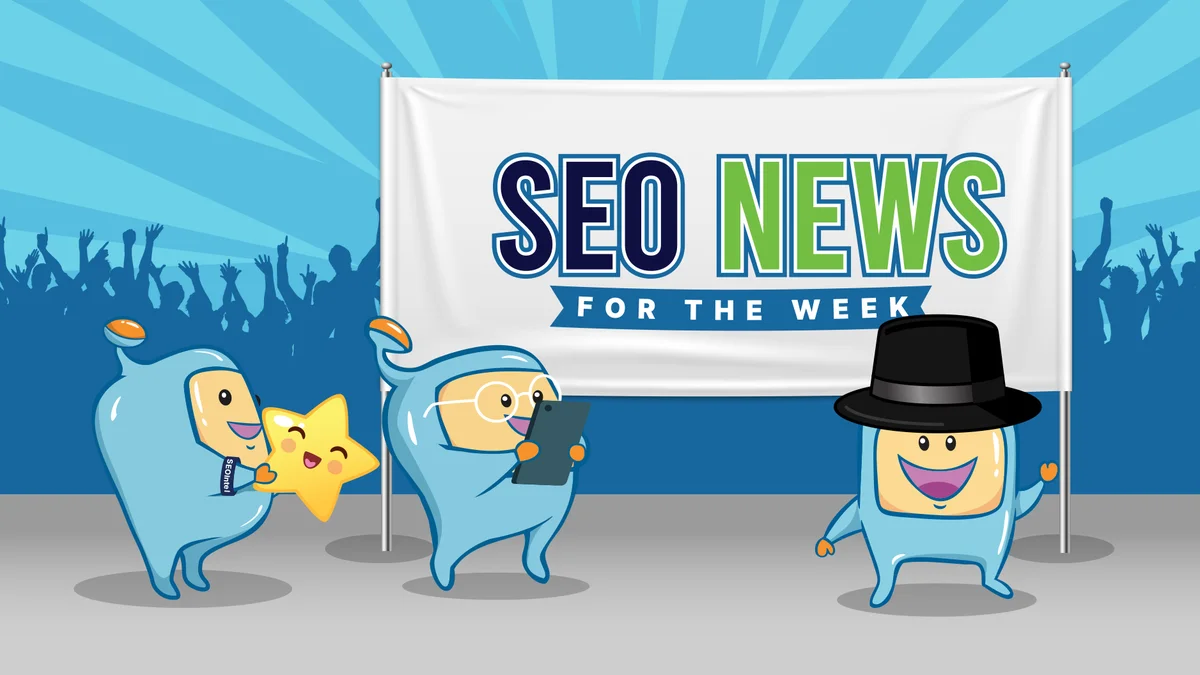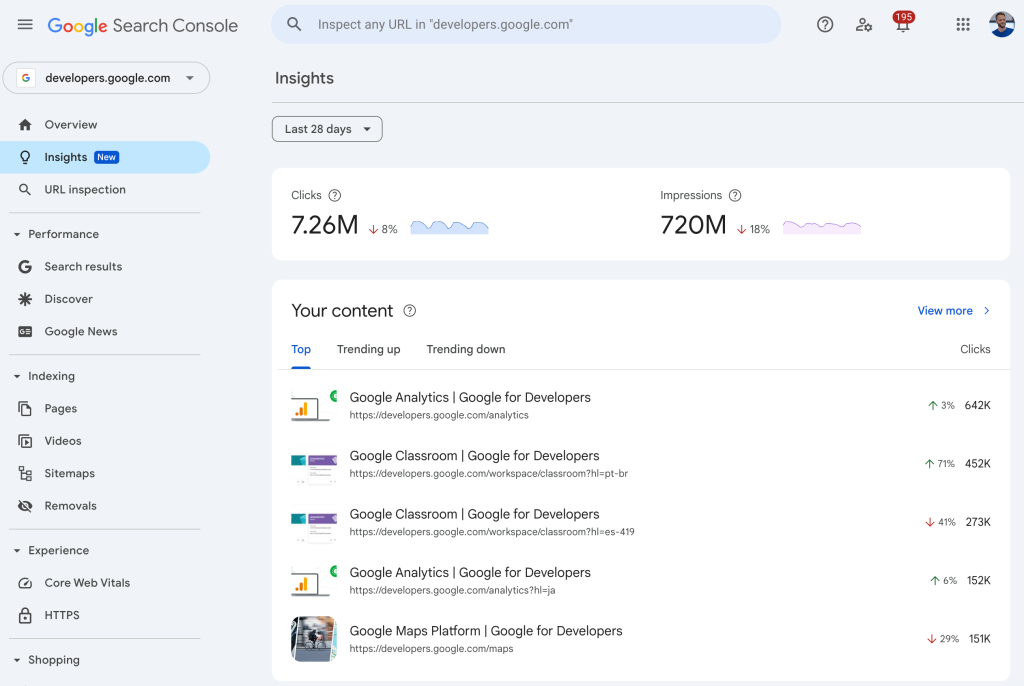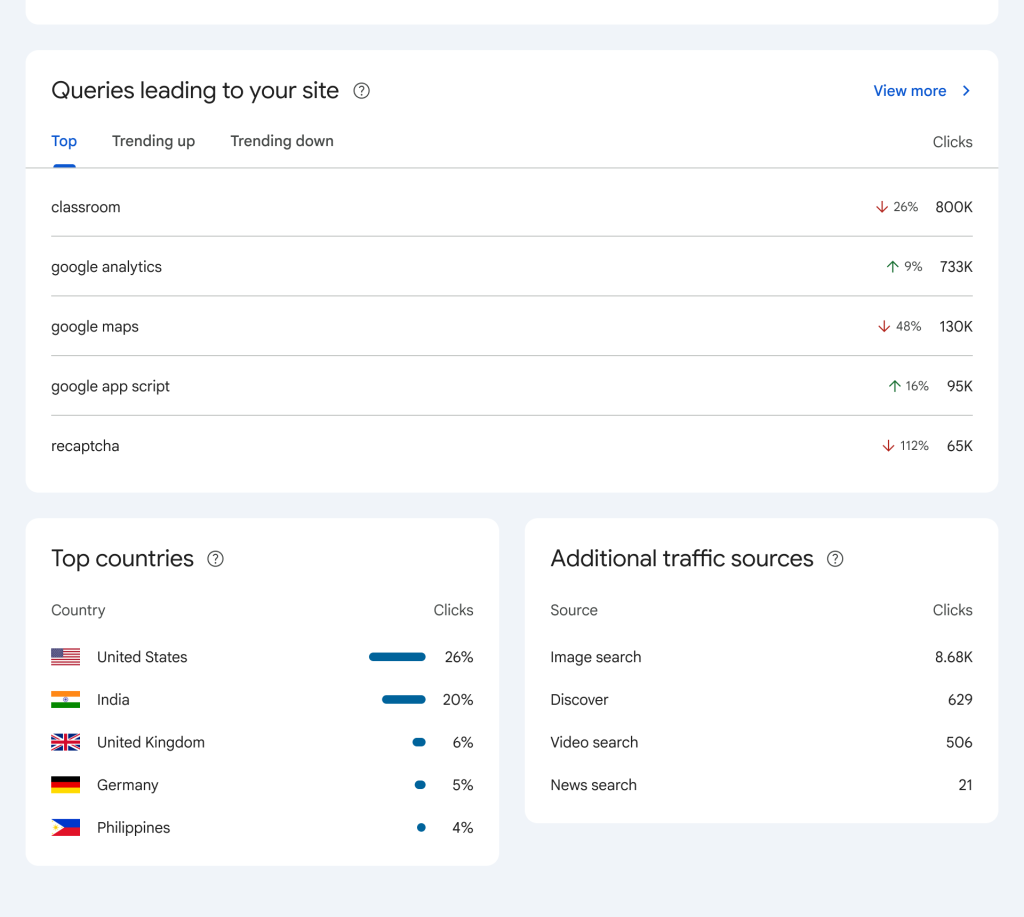
The spotlight this week is on Google’s June 2025 Core Update, the second major algorithm shift of the year, now actively rolling out across global search results. As SEOs monitor ranking volatility and traffic changes, Google also made headlines with updates that reveal its growing reliance on automation and AI. From the rising share of zero-click news searches disrupting publisher traffic, to the debut of AI Max match types in Google Ads and a more streamlined Search Console Insights experience, the landscape continues to evolve—fast.
Google has officially started rolling out its June 2025 Core Update, the second broad core algorithm update of the year. The first one—the March 2025 Core Update—was launched on March 13, 2025, and completed two weeks later on March 27, 2025. This core updated is expected to complete in 3 weeks time. Like all core updates, this one aims to refine how Google ranks content to ensure users receive the most helpful and relevant results possible.
What’s Changing?
Early Indicators
Recommendations
Related: What To Do During A Google Search Algorithm Update?
Final Takeaway
The June 2025 Core Update reinforces Google’s commitment to surface high-quality, relevant content through continual refinement of its ranking systems. For site owners and SEOs, now is the time to double down on content excellence, user experience, and holistic site value. Those who prioritize quality and consistency will be best positioned as rankings settle.
A recent report from Similarweb reveals that the share of zero-click news searches—where users get answers directly from AI Overviews without clicking through—has jumped from 56% to 69% since May 2024. This corresponds with a dramatic drop in organic traffic to news sites, falling from over 2.3 billion visits in mid‑2024 to under 1.7 billion in May 2025. As AI-powered summaries increasingly satisfy user queries on the results page, 37 of the top 50 news publishers have reported year-over-year traffic declines.
Google maintains that while zero-click trends are rising, AI experiences in Search “create new opportunities for businesses and content to be discovered.” Still, news publishers face real financial pressure: layoffs are mounting as referral traffic shrinks, and some major outlets are pivoting to subscriptions, events, and alternative revenue strategies.
In parallel, ChatGPT referral traffic has surged—growing 25× to more than 25 million visits to news sites between January and May 2025. Major publishers like Reuters, the New York Post, and Business Insider now rely more on conversational AI platforms for discovery, though this has not fully offset Google’s impact.
SEO Takeaways
Final Thoughts
The shift toward AI-powered, click-free experiences marks a new era in search. For news publishers and content creators, the challenge is clear: adapt distribution strategies, embrace new monetization methods, and ensure content is structured for visibility—even when it doesn’t lead to clicks.
Google has officially integrated Search Console Insights directly into the main Search Console interface, streamlining the experience and retiring the standalone beta version. This update is aimed at helping content creators, bloggers, and site owners easily understand how their content is performing in search—without needing advanced technical skills.

What’s New?

Why It Matters
This integration makes it easier for users to track and understand how their content is doing without having to dig through detailed reports. It bridges the gap between high-level insights and in-depth analytics, allowing both beginners and experienced marketers to quickly spot what’s working and where improvements are needed.
How to Make the Most of It
Final Thoughts
By bringing Insights into the main dashboard, Google has made search performance tracking more accessible and efficient. Whether you’re managing a single blog or an entire content strategy, this update simplifies your workflow and helps you focus on what matters most—creating high-performing content.
Google Ads has introduced “AI Max” as a new match type in the Search Terms report, offering advertisers clearer visibility into AI-driven query matching within their campaigns. Unlike the opaque attribution of past automation, AI Max is now segmented alongside Exact, Phrase, and Broad matches—making it easier to measure its specific impact.
How It Works
When AI Max is enabled in Search campaigns (currently in beta), Google’s AI combines broad match logic, ad assets, landing page content, and keywordless signals to identify and serve ads on relevant, high-potential queries—even those not explicitly targeted. With the new visibility, advertisers can now see ROAS, CPA, CPC, and revenue directly tied to AI Max matches.
Why It Matters
What SEOs & Marketers Should Do
Final Takeaway
The addition of AI Max as a formal match type enhances the transparency and measurability of automated targeting within Google Ads. For advertisers, this means smarter, data-driven decisions about utilizing AI for broader reach versus maintaining keyword precision. As AI becomes integral to search advertising, this update is a vital step in regaining oversight and optimizing budgets.
With a core update in motion and new tools reinforcing Google’s AI-first direction, this week’s developments serve as a reminder that adaptability and clarity are key. As search becomes smarter and more self-contained, success will rely on delivering not just optimized content—but meaningful, user-focused value. We’ll continue tracking the rollout and its ripple effects across search, content, and advertising strategies.